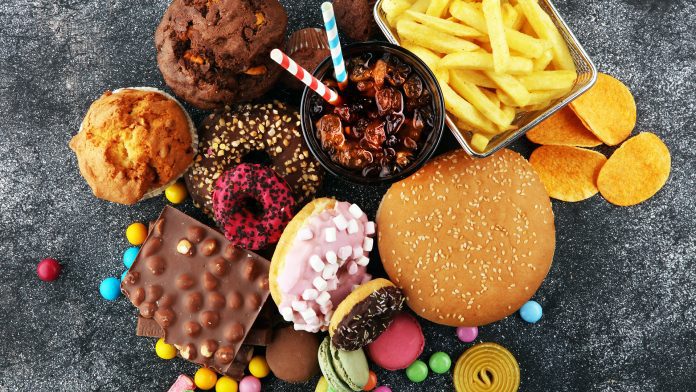
Researchers from the University of Aberdeen have identified a factor that may help curb unhealthy food cravings and make healthy food more appealing.
The study, titled ‘Unwrapped: Readiness-to-eat in food images affects cravings’, found that instantly edible food was up to 15% more appealing than food that needed some form of preparation, no matter how minimal. Food that needed to be cooked, peeled, or even taken out of a packet was found to be less desirable.
The full study has been published in the journal Food Quality and Preference.
All foods were affected by this phenomenon
This effect was relevant to meat, fruit, vegetables, and even chocolate and crisps. Regardless of the food type, instantly edible products were more attractive to consumers. For example, a peeled orange led to higher food cravings than an unpeeled orange. Similarly, a closed packet of crisps induced lower food cravings than an open packet.
During the study, led by Dr Constanze Hesse and Dr Helen Knight, Senior Lecturers at the University of Aberdeen’s School of Psychology, 200 participants were shown images of food in different stages of preparedness. The participants were then asked to score the image based on how much they craved the food. Examples of the images shown included a raw piece of salmon compared to a cooked piece of salmon and a whole unpeeled pineapple compared to a chopped pineapple.
The study was the first to examine how the readiness of a product could impact food cravings. “There is plenty of research that has shown that higher-calorie foods are linked to higher food cravings, so that is already well established,” explained Dr Hesse.
“The interesting thing we found is that food cravings are much higher for instantly edible foods compared to foods that needed to be cooked, chopped or peeled, or even unwrapped,” she continued.
The researchers found that the biggest difference was present in raw compared to cooked foods, followed by unpeeled or packaged compared to peeled or unpackaged food, and finally for chopped and un-chopped foods. They also found that food cravings for ready-to-eat products, compared to non-ready products, were higher if the participant was particularly hungry.
Reducing unhealthy food cravings can boost public health
Dr Hesse has suggested that their research should be applied when promoting healthy eating campaigns and has recommended that the fast-food industry already capitalises on their findings.
“Calorie-dense food is often marketed in a prepared and ready-to-eat way; just think about adverts for burgers or pizza. In contrast, low-calorie food is often shown unprepared, for example, raw salmon or heads of broccoli, which need effort and further preparation to make them ready to eat,” said Dr Hesse.
“It would be more effective if public health services used pictures of ready-to-eat healthy food on their adverts as we now know that this makes it more appealing and more likely to encourage healthy food choices,” concluded Dr Knight.
























